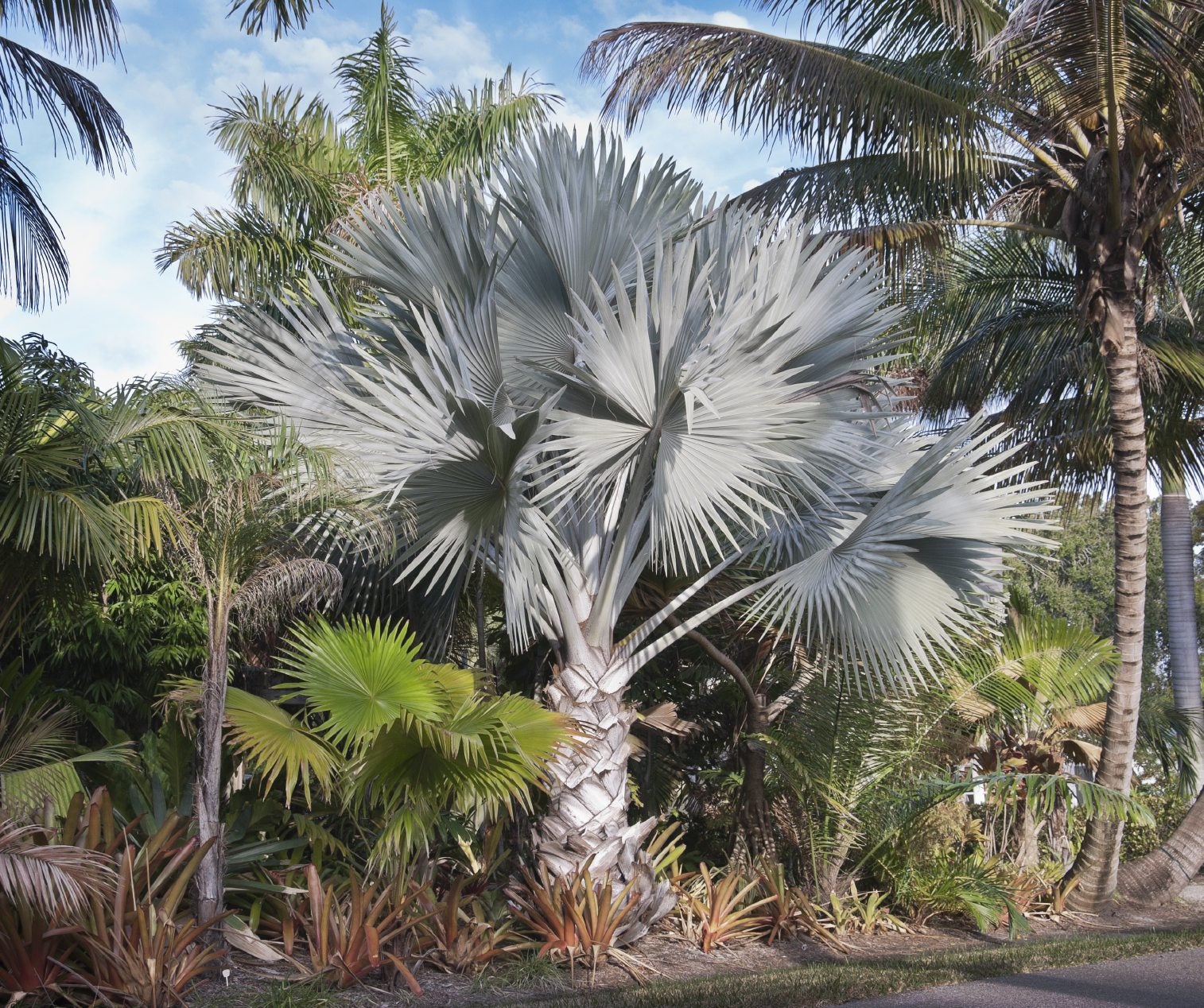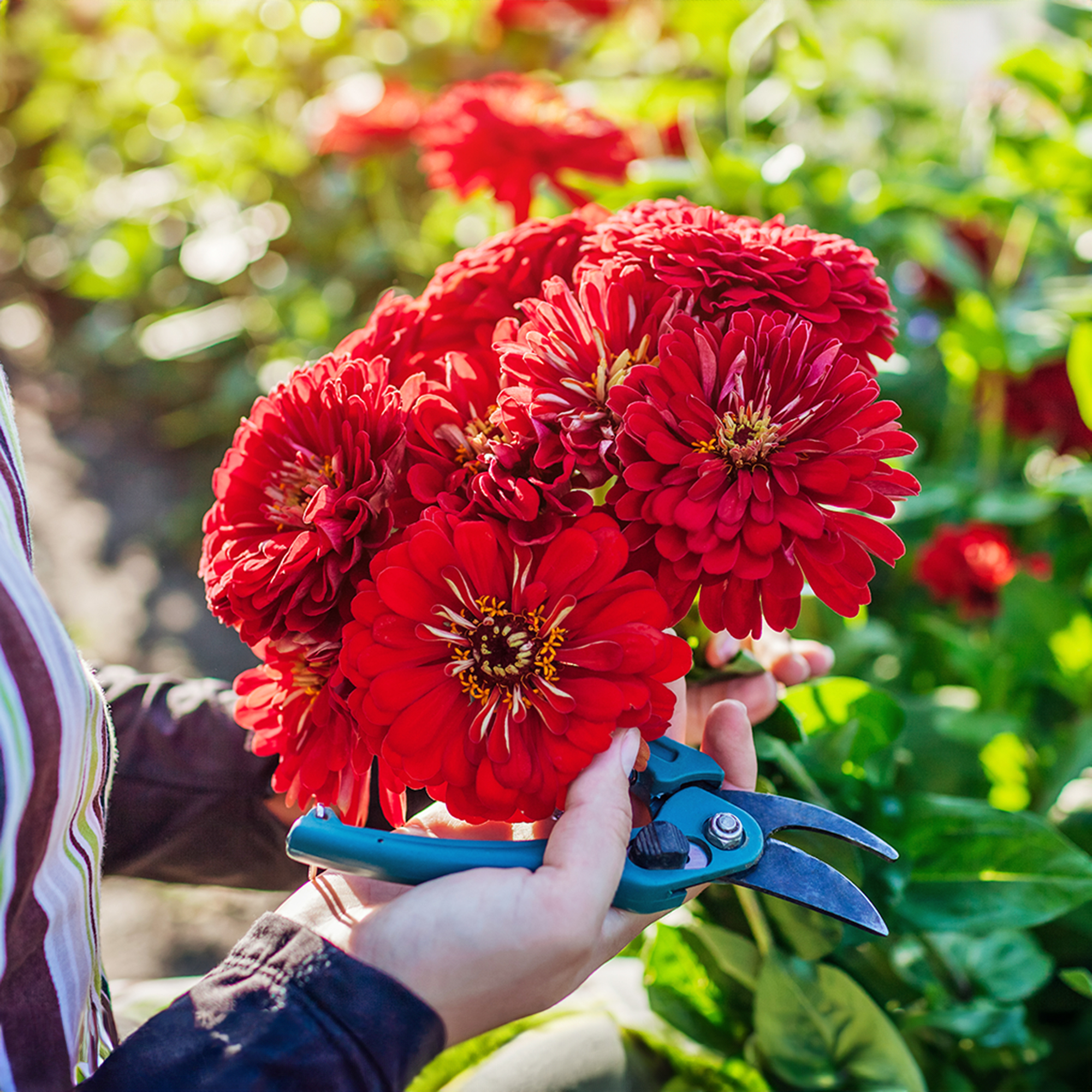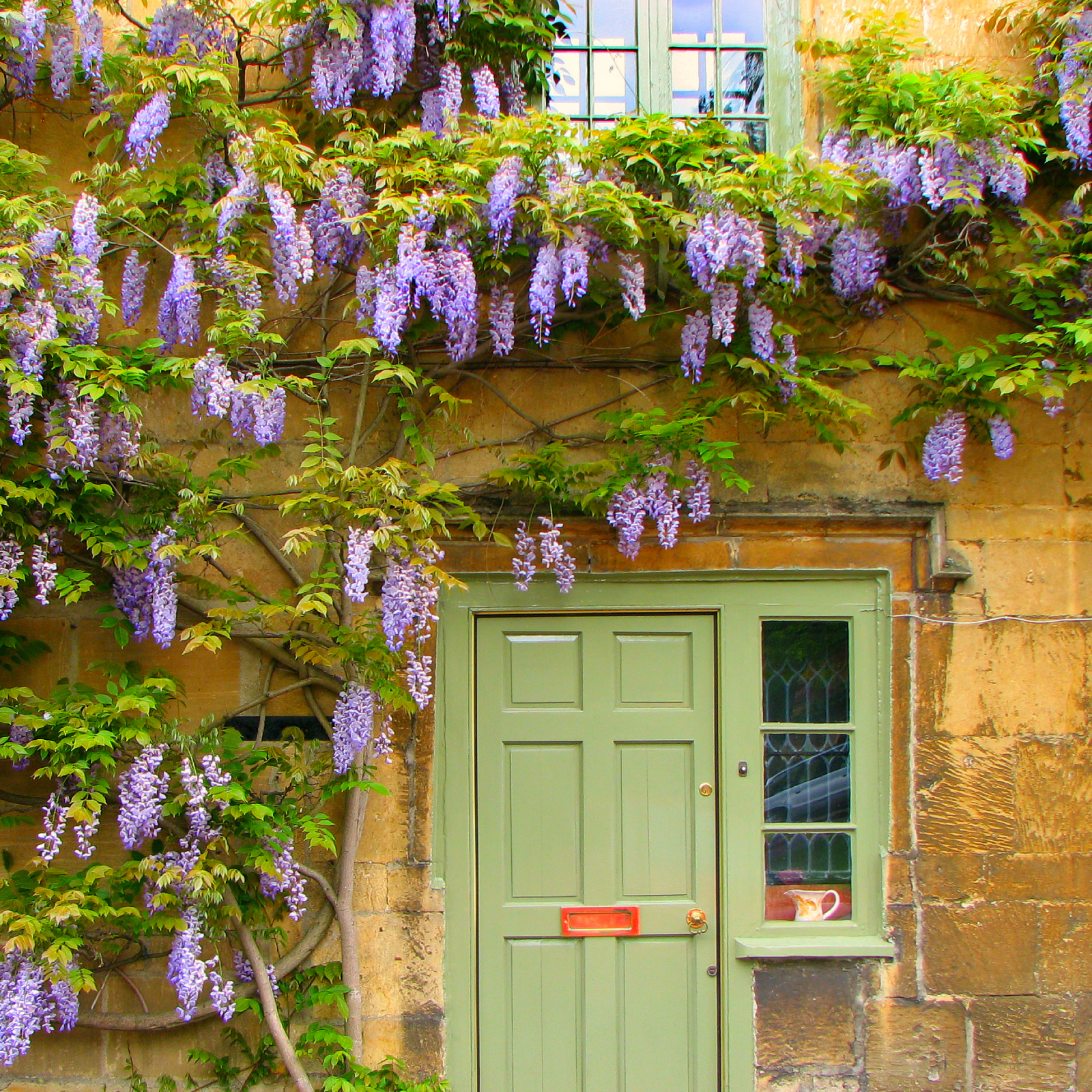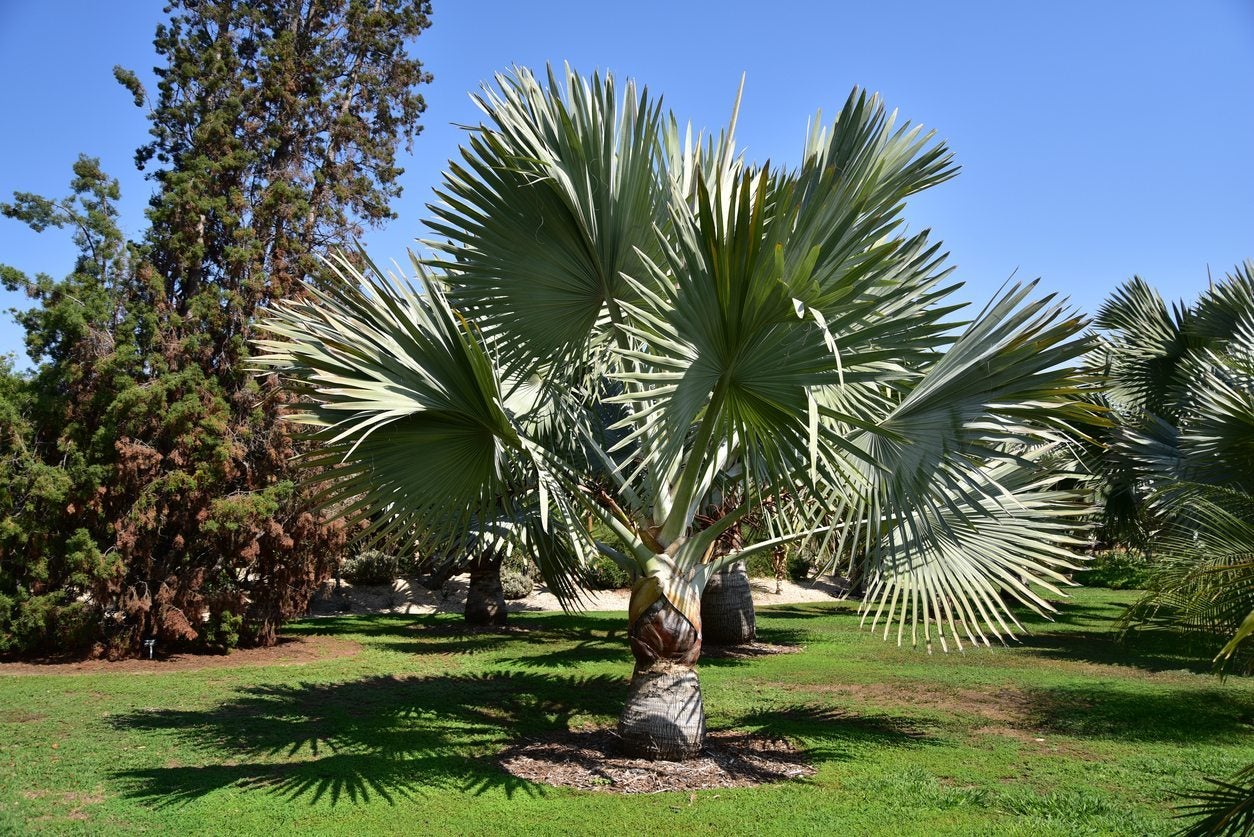Bismarck Palm Care: Learn About Growing Bismarck Palms


It’s no wonder the scientific name of the exceptional Bismarck palm is Bismarckia nobilis. It’s one of the most elegant, massive, and desirable fan palms you can plant. With a stout trunk and symmetrical crown, it makes a great focal point in your backyard.
Planting Bismarck Palm Trees
Bismarck palms are huge, gracious trees native to the island of Madagascar, off the east coast of Africa. If you are planting Bismarck palm trees, be sure that you reserve enough space. Each tree can grow to 60 feet (18 m.) high with a spread of 16 feet (5 m.). In fact, everything about this attractive tree is oversized. The silvery-green copal mate leaves can grow to 4 feet (1 m.) wide, and it isn’t unusual to see trunks as thick as 18 inches (46 cm.) in diameter. Experts do not recommend growing Bismarck palms in a small backyard since they tend to dominate the space. Growing Bismarck palms is easiest in U.S. Department of Agriculture plant hardiness zones 10 through 11, since the species can be damaged by freezing temperatures. Bismarck palm care is not difficult or time-consuming once the tree is established in an appropriate location.
Growing Bismarck Palms
Plant this stunning palm in full sun if you can, but you can succeed at growing Bismarck palms in partial sun too. Select a wind-protected area, if possible, since these trees can be injured in windstorms. Soil type is not critical, and you’ll do fine planting Bismarck palm trees in either sand or loam. Keep an eye out for soil deficiencies. When you are trying to care for a Bismarck palm tree, you will have problems if your soil lacks potassium, magnesium, or boron. If a soil test reveals a deficiency, correct it by using a controlled-release granular fertilizer of 8-2-12 plus micronutrients.
Bismarck Palm Care
Aside from mineral deficiencies, you won’t have much to worry about to care for a Bismarck palm tree. Irrigation is important when the palm is young, but established palms are drought tolerant. They also resist disease and pests. You can prune this palm during every season. However, only remove leaves that are completely dead. Cutting partially dead leaves attracts pests and depletes a palm’s potassium supply.
Gardening tips, videos, info and more delivered right to your inbox!
Sign up for the Gardening Know How newsletter today and receive a free copy of our e-book "How to Grow Delicious Tomatoes".

Teo Spengler is a master gardener and a docent at the San Francisco Botanical Garden, where she hosts public tours. She has studied horticulture and written about nature, trees, plants, and gardening for more than two decades. Her extended family includes some 30 houseplants and hundreds of outdoor plants, including 250 trees, which are her main passion. Spengler currently splits her life between San Francisco and the French Basque Country, though she was raised in Alaska, giving her experience of gardening in a range of climates.
-
 Zinnias On Repeat: 10 Glorious Cut-And-Come-Again Varieties For Endless Summer Bouquets
Zinnias On Repeat: 10 Glorious Cut-And-Come-Again Varieties For Endless Summer BouquetsThese zinnia varieties keep giving all summer, making them the perfect choice for dedicated cutting gardens – or just the occasional homegrown bouquet.
By Ellen Wells
-
 Create A Romantic Garden Straight Out Of Bridgerton: Regency Era Romance In Your Garden
Create A Romantic Garden Straight Out Of Bridgerton: Regency Era Romance In Your GardenTry some romantic garden ideas straight out of Bridgerton. Flowers and gardens in the Regency era were lush and charming and you can get the same look!
By Bonnie L. Grant
